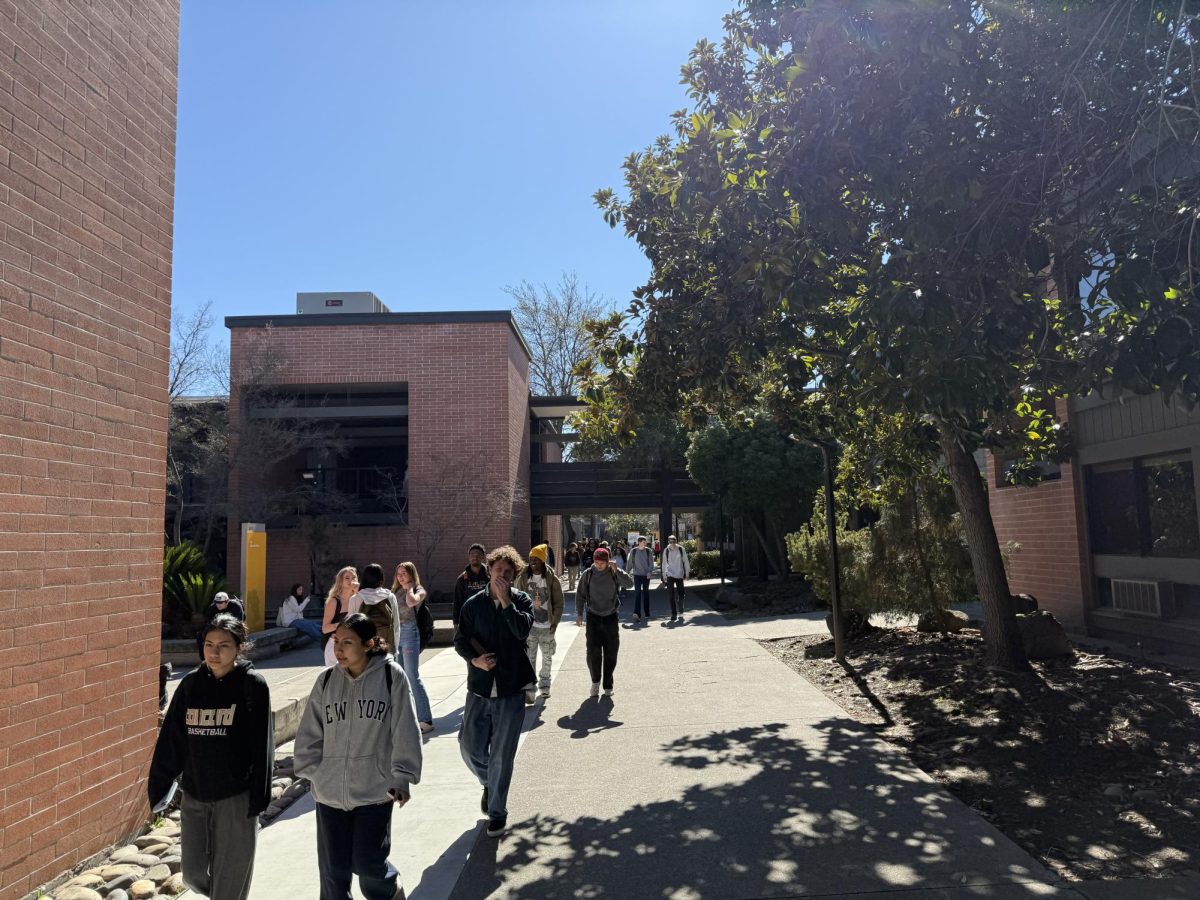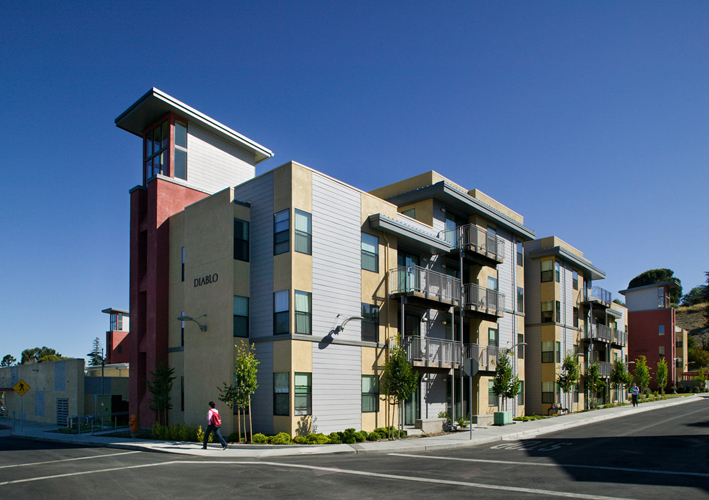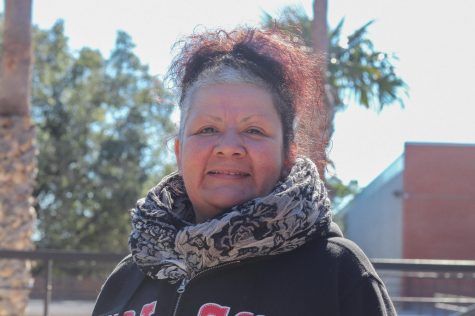Growing Up in the Iran-Iraq War was a Struggle. Life as a Trans and Homeless Student In the Pandemic Is Even Harder.
Bruce Damonte
CSU East Bay – Pioneer Heights Student Housing Hayward, California (Photo courtesy of Popochen)
April 25, 2020
For Dimitri Hiyood, a 35-year-old trans man and history major at Cal State East Bay, 2020 began as a good year. After eight months as a homeless student, first living under deplorable conditions in a Section 8 townhouse and then shuffling between friends’ houses, his car and unsafe shelters, Dimitri would finally be moving into the dorm rooms on the university’s Hayward campus . He had received admission to the college on Jan. 13 and was ready for the comforts of his new accommodation.
For a while, things seemed to be going well for Dimitri. He could focus on his education without constantly worrying about where he would spend the night, and he didn’t have to think about which friend’s house he could go to for a shower because the shelter bathrooms were unsafe for him as a trans man.
This all changed, however, with the outbreak of the Coronavirus.
Spreading rapidly within the Bay Area, the virus raised concern among the CSUEB administration, which began swamping students with emails to prepare them for a possible campus shutdown. Students were also asked to fill out surveys requesting information about how frequently they slept in and used dorm resources.
Following the state’s announcement of a shelter-in-place order on March 19, the school decided that only students who made use of the dorms on a consistent nightly basis were authorized to remain on campus. The rest were asked to vacate.
Dimitri qualified to remain in the dorms but it didn’t prove to be the most comfortable experience. The college began to disinfect its dorm buildings one at time, a tedious process that required students to vacate to already occupied dormitories when their building was being cleaned. The experience triggered Dimitri’s PTSD, courtesy of his many years as a struggling homeless student.
Things took a turn for the worse when he realized that since CSU didn’t offer a summer semester, he would no longer be able to maintain his accommodation on campus. Amid the pandemic, Dimitri was forced once more to look for shelter.
With much frustration, Dimitri said, “I had just settled in the first dorm on January 13th, then I had to move a second time April 4th.The third move will be on May 15th, to move out of campus housing for the summer.”
Given the negative experiences in his past, the prospect of imminent homelessness is cause for anxiety.
The Ugly Reality of Student Homelessness
Arriving in the U.S. from Tehran after escaping the 1984 Iran-Iraq War at the age of 15, Dimitri Hiyood has experienced his share of adversity. While attending Modesto Junior College in Turlock, Dimitri lived in a townhouse that was in deplorable conditions. The ceiling leaked and there was mold in every room, producing a stench that required Dimitri to leave his windows open 24 hours a day. He “felt sick” all the time and suffered symptoms of a severe cold that landed him several times in the ER.
Dimitri complained to the landlord and to the city about the leaking ceiling in January 2019. (As someone living in Section 8 housing, he is required to report landlords if their dwellings aren’t up to the living standards required by law.)
Three months after his first complaint, the ceiling collapsed and he was told that only a layer of paint had been holding it together. He was offered another townhouse in the complex, but he refused, given the dangers and overall neglect of the homes. As a result, he was given 35 days to vacate, not the 60 days required by law.
Meanwhile, Dimitri was attending his last semester in Modesto and although the housing authority deemed his townhome uninhabitable, it offered no help finding him housing, indirectly stating that he was on his own.
With an impending vacate date, he moved in with a friend, but what he hoped to be the answer to his housing problem turned out to be another nightmare. Paying $500 a month for a small room and enduring verbal abuse from his roommate made him realize that living in his car was his the better option. Thus Dimitri joined the estimated nearly 275,000 homeless students living in California.
Being transgender (female to male), Dimitri knew shelters were unsafe to use for sleeping and showering, due to the reported high rate of sexual abuse and violence against LGBTQ+ individuals. Instead, he showered at friends’ homes throughout eight months of sleeping in his car.
As a student who was known to the campus security guards, he was allowed to park his vehicle on the street next to the school during the week – not as safe as campus, but it was better than nothing. On weekends, he parked in the Walmart lot, where he experienced racism because of his brown skin and facial tattoos. He said homeless people living in trailers at the Walmart parking lot would call the police on him because they were intimidated by him.
During this experience, Dimitri learned that there are classes among the homeless: people living in trailers are considered “upper class homeless,” if you’re living in your car you are “middle class homeless,” and if you are on a bike or walking you are “poor homeless.”
Finally, in January of this year, he moved into the dorms of California State University, East Bay in Hayward. As COVID-19 surged a few months later, students began to leave the dorms voluntarily. The emails the school sent out to students, telling them to vacate, were confusing, he said. And once they started moving the students from one dorm building to another, he felt his anxiety over homelessness return, which triggered his PTSD.
With no summer semester offered at CSUEB, and no possibility to stay in the dorms during those months, Dimitri has to search once again for shelter – at what couldn’t be a more inopportune time.
The only light at the end of the dark tunnel, he said, is the California bill AB801. Passed in 2016, it ensures that homeless students between the ages of 13 and 25 seeking higher education in a college or university can receive priority registration along with other social programs.
These benefits can help students during the summer break. In addition, as long as the student is enrolled at CSUEB, the bill will overlook if a student is older than 25. Dimitri considers himself lucky for their “failing to notice” his age. But he’s going to need more luck than that to come his way soon.










































































